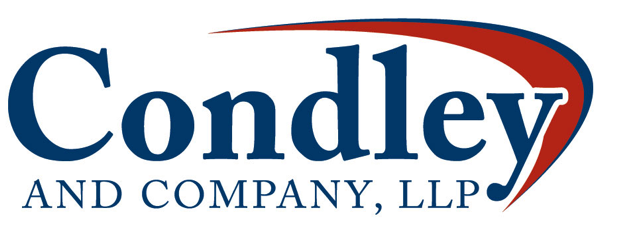
Though many banks are dealing with legacy systems and limited resources, that shouldn’t stop them from launching new product innovations.
The pace of innovation has never been greater in the financial services industry, nor more important to growing customer revenues and relationships.
A Federal Reserve Payments Study conducted last year showed that prepaid card transactions now equal 20 percent of debit card transactions and are by far the fastest growing payment segment. Community and regional banks cannot underwrite their own cards (as large banks can) and must rely on vendors for the level of innovation they can deliver with prepaid cards. Working with prepaid vendors can generate little revenue and for most that have tried, success has been minimal thus far.
This doesn’t seem to make sense, given how rapidly prepaid volume is growing. The answer lies in understanding the customer needs behind prepaid growth. Prepaid is not for the “under-banked,” as is often thought; it is for the “under-served” existing customers of community and regional banks. They are under-served because they are using prepaid cards in addition to checking accounts to get the benefits of transactions their checking accounts do not offer.
One of the key benefits of using a prepaid card is the certainty of no overdraft fees on the transaction and the assurance that transactions are declined if no funds are available. Community and regional banks can easily configure and market a checking account to be “return all” and with no overdraft fees.
Consumers want to be in control and using retail alternatives gives them more control. It assures a compromised transaction does not create access to their entire bank account.
Community and regional banks can easily offer and set up such an additional payment “debit-only” account on legacy systems and link them through online banking to a customer’s main account. They can then move money to the debit card account in seconds with online banking or mobile banking to shop online or in-store.
By engaging established third parties to expand and enhance transactions, banks can gain additional customers and revenues.
To read the entire article, please visit www.banktech.com.
